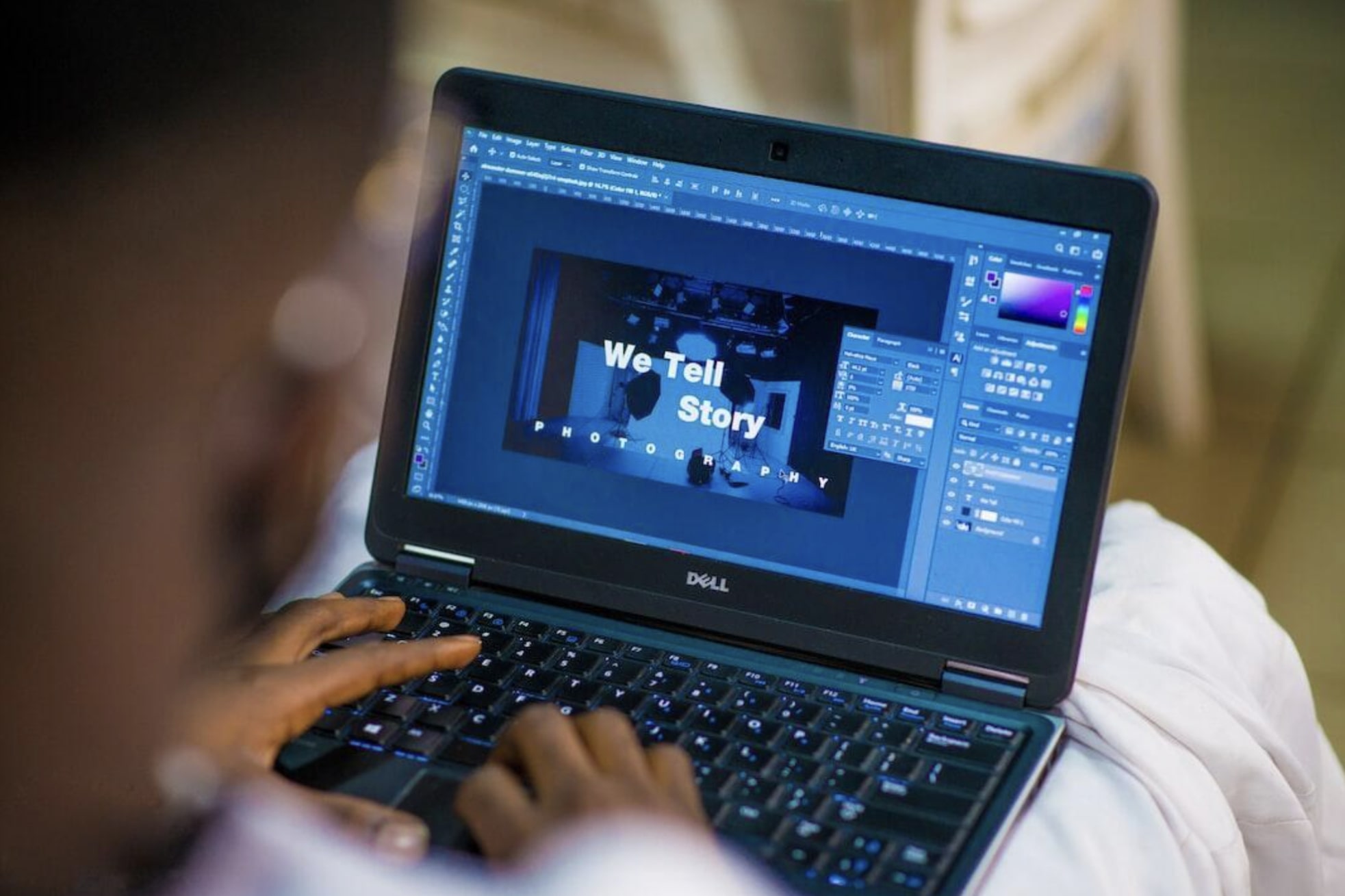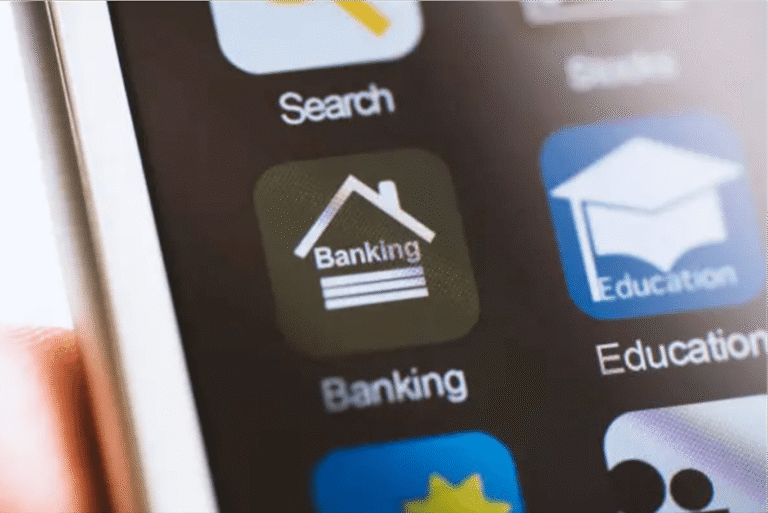
The Importance of Typography in Learning
Educational outcomes are heavily influenced by the tools and methods used in the learning environment. One powerful yet often overlooked tool is strategic graphic design.
From the way information is presented to the visual aids used in instructional materials, effective graphic design can significantly enhance understanding and retention. Incorporating well-thought-out graphic solutions can transform educational content, making it more engaging and accessible for learners. For more info, keep on reading.
Typography is very important for how people see and understand information. The font style, size, and spacing all change how easy it is to read. If the text is hard to read, learners may get confused or tired. Good typography helps make reading smooth and clear.
Easy-to-Read Fonts
Fonts like Arial and Helvetica are called sans-serif. These fonts have simple shapes without extra lines. They work well on computer screens because they look clean and sharp. For printed books or papers, serif fonts like Times New Roman have small lines on letters. These lines help guide the eyes when reading long text on paper.
Proper Spacing and Layout
Spacing between lines, words, and letters matters a lot. If text is packed too close, it looks messy and is hard to follow. Proper spacing gives the eyes room to rest and moves the reader smoothly from one line to the next. A well-organized layout, with headings and paragraphs spaced out, helps readers find information fast and keeps their attention longer.
Reducing Eye Strain and Fatigue
When text is easy to read, learners don’t get tired as quickly. Bad typography can make eyes hurt and cause headaches. This can make students stop reading or lose focus. Good font choices and spacing protect the eyes and help learners keep going.
Helping Learners with Disabilities
Some people have trouble reading because of conditions like dyslexia or vision problems. Using fonts designed to be clear and simple can help these learners. Avoiding fancy or overly decorative fonts makes reading easier for everyone. Good typography helps all students feel included and able to learn.
More Than Just Looks
Typography is not only about making text look nice or pretty. It is about making sure words are easy to see and understand. When text is clear and organized, students can learn better and faster. Good typography makes a big difference in school materials and helps teachers teach more effectively.
The Psychology of Color in Education
Colors evoke emotions and can have profound effects on learning. For instance, blue is often associated with calm and focus, making it an excellent choice for study environments, while red can stimulate action and urgency. Various studies have shown that the right color schemes improve engagement levels and cognitive performance.
When designing educational materials, it is vital to consider how color impacts comprehension and attention. Consistent use of color can aid in information retention by creating visual anchors throughout the material. Implementing a cohesive color palette in presentations, textbooks, and digital platforms creates a unified learning experience that resonates with students.
Layout and Structure: Guiding Attention
The layout of educational materials significantly impacts how learners navigate information. An organized structure with clear headings and subheadings helps students understand the hierarchy of information. This is particularly important in creating a flow that guides attention from one point to the next, minimizing cognitive overload.
Utilization of white space is another critical aspect of layout design. Proper use of white space can break up blocks of text, making content less daunting to read. When learners can easily identify key points and summarize information, their ability to grasp concepts improves. With effective layout decisions, educators can create learning materials that foster better comprehension and ease of use.
Integrating Graphic Solutions Across Formats
In today’s digital age, content is delivered through various mediums, including online courses, e-books, and mobile applications. Each format presents unique opportunities and challenges in terms of graphic design. Therefore, adopting strategic graphic solutions that adapt across platforms can enhance learning outcomes.
For instance, interactive videos can make complex ideas easier to understand through visual storytelling. Similarly, infographics can condense large amounts of information into digestible formats, making them perfect for quick reference. By tailoring graphic design principles to fit different platforms, educators can reach a broader audience while maintaining engagement.
Types of Graphic Solutions to Consider
The right graphic solutions ensure the best quality in the results. Here are some things to consider when talking about graphics:
Visual Hierarchy
Make headings big so they stand out. Use smaller text for extra details below the headings. This helps readers know what to read first. A clear hierarchy makes the page easy to follow.
Consistency
Use one or two fonts and stick with them. Choose a few colors and use them everywhere. This keeps your materials looking the same and neat. Consistency helps people recognize your work fast.
Image Quality
Pick clear, sharp images that don’t look blurry. Use pictures that match what you are talking about. Good images catch attention and explain ideas better. Low-quality images can make your work look unprofessional.
Infographics
Change hard facts into simple pictures or charts. Use symbols or icons to show ideas fast. Infographics help people understand tricky info easily. They also make your material look more interesting.
By employing these graphic solutions, educators can create effective learning materials that cater to diverse learning styles and preferences. This ultimately improves student engagement and performance.
Improving Learning through Design
Incorporating strategic graphic design into educational materials is essential for enhancing learning outcomes. As schools and organizations strive to improve educational experiences, the value of effective design cannot be overstated.
If you’re looking to develop engaging, educational content, consider how you can hire a graphic designer who specializes in educational materials. By working with an expert, you can ensure that your materials not only communicate effectively but also resonate with your audience.
Exploring Graphic Design Solutions
Graphic design helps students learn better. It can make lessons clearer and fun. Things like fonts, colors, and layout matter a lot. A good design helps students understand instead of feeling confused.
That’s why hiring a skilled designer is a smart move. They know how to make learning easier. Good design helps everyone do better in school.
Have you found what you’re looking for? If you need more related topics, check out the rest of our blog!




